A Former Hacker Explains How to Fight Ransomware
Pure Storage
JANUARY 5, 2024
Now is the time to understand their techniques leading up to an attack and develop effective mitigation strategies. Those that don’t practice good security hygiene, such as password authentication, identity management, backup policies, and incident management, make life easy for attackers.

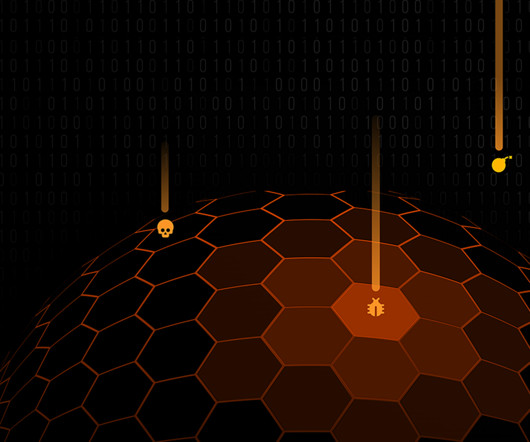
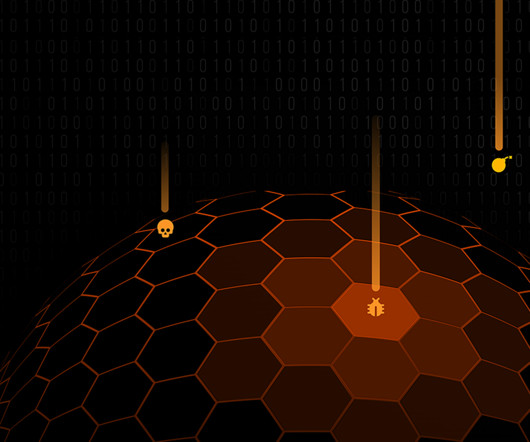
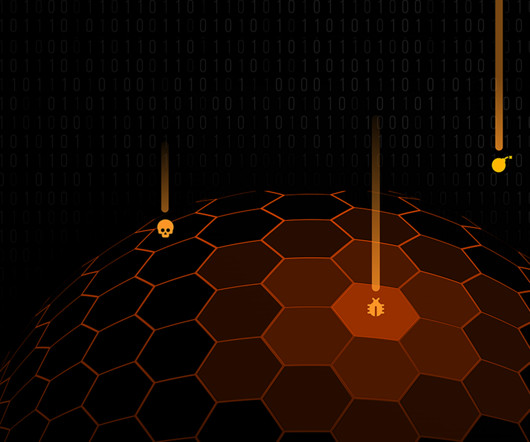
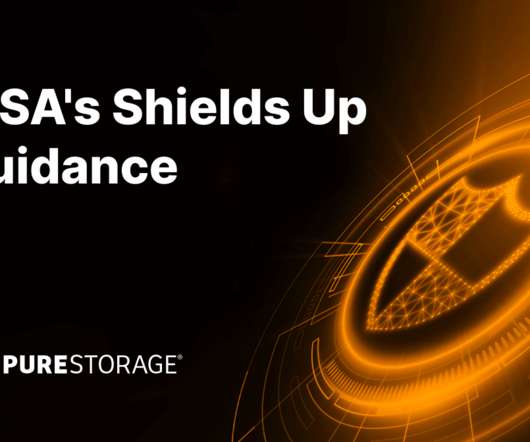
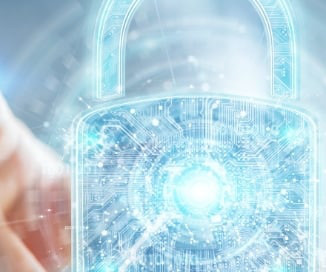

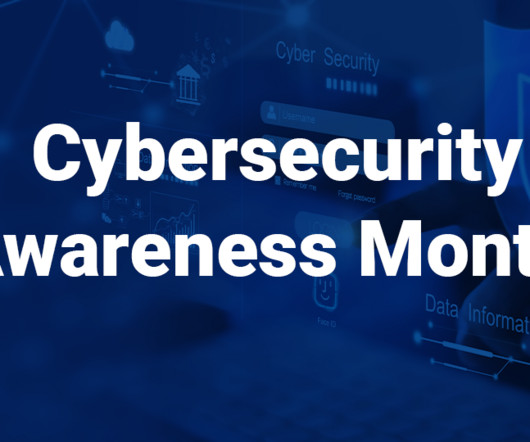
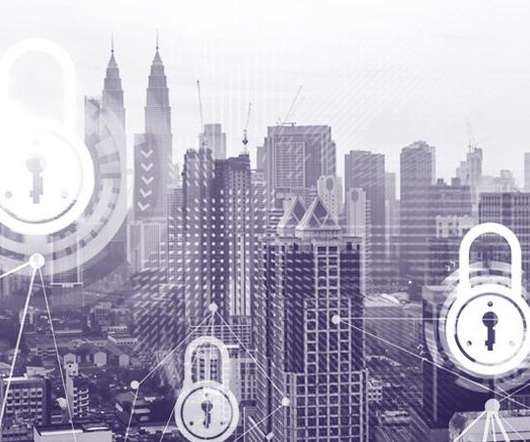






Let's personalize your content